Introduction: The Future of Security Is Decentralized
The digital world has evolved beyond the limits of traditional network security. Today, organizations operate in hybrid cloud environments, with users accessing systems from remote locations and various devices. In such a landscape, Cybersecurity Mesh Architecture (CSMA) has emerged as a revolutionary framework designed to meet modern security needs with agility, scalability, and intelligence.
For aspiring professionals, now is the ideal time to upskill. Enrolling in a cyber security course with placement will not only help you understand emerging frameworks like Cybersecurity Mesh Architecture, but also prepare you to secure real-world systems. At H2K Infosys, our Cyber security training and placement program is tailored to help you thrive in this fast-changing industry.
What Is Cybersecurity Mesh Architecture (CSMA)?
Cybersecurity Mesh Architecture refers to a distributed approach to security that allows separate security tools and systems to work together in an integrated, cooperative manner. Unlike the traditional model that places security at the perimeter of the network, CSMA decentralizes security, bringing it closer to the individual assets, applications, and users.
This means organizations can establish a flexible and scalable security infrastructure, ensuring consistent protection across multiple access points whether on-premise, cloud, or hybrid.
Why the Shift to Cybersecurity Mesh Architecture?
The introduction of Cybersecurity Mesh Architecture is driven by the need for dynamic, adaptive security that traditional models can’t provide.
1. Digital Sprawl
Companies now operate across multiple environments: private clouds, public clouds, on-site data centers, and remote teams. Managing security at a single point is no longer effective.
2. Evolving Threat Landscape
The rise in zero-day exploits, ransomware, and insider threats makes centralized security a bottleneck. CSMA helps reduce this risk by allowing distributed enforcement of policies.
3. Tool Fragmentation
Organizations often use different tools for endpoint security, cloud security, and access control. CSMA unifies these tools into a collaborative security ecosystem.
This is why many IT professionals are now turning to cyber security training courses that offer in-depth insights into Cybersecurity Mesh Architecture and its deployment strategies.

Core Components of Cybersecurity Mesh Architecture
Let’s explore the key pillars that make Cybersecurity Mesh Architecture effective:
1. Identity-Driven Access Control
- Access is granted based on identity, context, and risk level.
- Ensures that users only access the systems they need.
2. Distributed Security Nodes
- Security controls are embedded into every node, whether it’s a device, application, or user.
- Helps apply policies closer to where data resides.
3. Security Intelligence Layer
- Integrates data from all security tools to create a real-time risk profile.
- Facilitates quicker threat detection and response.
4. Orchestration and Automation
- Centralized policy management but decentralized enforcement.
- Policies are updated across all platforms automatically.
These concepts are now central to advanced cyber security training near me programs and are essential knowledge areas for anyone aspiring to join a modern IT security team.
Real-World Benefits of Cybersecurity Mesh Architecture
Scalability Across Systems
As organizations grow, Cybersecurity Mesh Architecture allows for rapid scaling of security without rebuilding the entire framework.
Faster Incident Response
With integrated analytics and monitoring, CSMA reduces the Mean Time to Detect (MTTD) and Mean Time to Respond (MTTR).
Enhanced User Experience
Security measures are tailored to individual users and contexts, reducing friction while maintaining control.
Improved ROI on Security Tools
By integrating disparate tools, CSMA ensures maximum value from existing cybersecurity investments.
If you’re aiming for a career with real-world impact, then mastering Cybersecurity Mesh Architecture through a cyber security course and job placement program is the right step forward.
How to Implement Cybersecurity Mesh Architecture: A Practical Guide
A foundational module in our cyber security training with job placement program includes hands-on implementation of CSMA. Here’s a simplified roadmap:
Step 1: Asset and Risk Inventory
- Identify all digital assets.
- Categorize them based on risk levels.
Step 2: Adopt Identity-Centric Security
- Use multifactor authentication.
- Integrate role-based access and conditional access.
Step 3: Tool Integration via APIs
- Ensure your endpoint, network, and cloud tools share data and respond to threats collaboratively.
Step 4: Enable Continuous Monitoring
- Use AI-powered SIEM tools to detect anomalies.
- Trigger automated alerts and remediation workflows.
Step 5: Governance and Compliance Framework
- Define standard policies and ensure they propagate to all nodes via orchestration layers.
Hands-on labs and live projects from H2K Infosys simulate such real-time deployments, allowing you to understand CSMA not just in theory but through industry-relevant training scenarios.
Industries That Use Cybersecurity Mesh Architecture
Banking & Financial Services
CSMA enables secure API usage in digital banking platforms and supports fast threat containment.
Healthcare
Secure patient data while ensuring HIPAA compliance using mesh-based identity and access control.
Retail and E-Commerce
Provide a secure yet frictionless experience to millions of customers while preventing card skimming and inventory attacks.
As part of your cyber security training and placement journey, you’ll learn how Cybersecurity Mesh Architecture aligns with compliance and business continuity in various industries.
Cybersecurity Mesh Architecture and Zero Trust: A Powerful Combination
Zero Trust assumes that no entity should be trusted by default, internal or external. Cybersecurity Mesh Architecture provides the necessary infrastructure to implement this by:
- Verifying identity at every access point.
- Applying least privilege principles.
- Monitoring continuously for unusual behavior.
Together, they provide a layered, dynamic defense system. You’ll explore this dual framework in our advanced cyber security training courses at H2K Infosys.
Why CSMA Skills Are Crucial in Today’s Job Market
Companies are actively seeking professionals who understand Cybersecurity Mesh Architecture and can implement secure, distributed frameworks. If you’re currently exploring cyber security training near me, look for programs that offer:
- Project-based learning on mesh architecture
- Exposure to real-time security orchestration tools
- Case studies aligned with current threats
By completing a cyber security course with placement, you’ll be ready to work on real projects involving CSMA, threat modeling, and endpoint protection.
Learning CSMA at H2K Infosys: What Sets Us Apart
H2K Infosys offers a Cyber security course with placement program that covers CSMA from the ground up:
✔ Practical Modules
- Identity & Access Management
- SIEM & SOAR Tools
- CSMA Design and Deployment
✔ Real-World Projects
- Simulations involving remote workforce security
- CSMA-based Zero Trust implementation
✔ Job Support
- Resume reviews highlighting CSMA proficiency
- Mock interviews with scenario-based CSMA questions
When you choose H2K Infosys, you’re not just preparing for a job. You’re preparing to lead in a world where Cybersecurity Mesh Architecture is the new normal.
The Role of CSMA in Future-Proofing Your Career
Cybersecurity Mesh Architecture is not just a passing trend. It is becoming the standard for securing decentralized systems and hybrid cloud operations.
According to Gartner, by 2025, organizations adopting CSMA will reduce the financial impact of individual security incidents by an average of 90%.
That’s why companies are now hiring professionals who are CSMA-ready. Completing a cyber security course and job placement track will position you to meet this demand confidently.
Key Takeaways
- Cybersecurity Mesh Architecture decentralizes and strengthens security in distributed IT environments.
- It supports identity-first access, real-time monitoring, and seamless integration of security tools.
- CSMA enables better scalability, faster response, and consistent security enforcement across platforms.
- A career in cybersecurity requires practical knowledge of CSMA, which you can gain through structured cyber security training courses.
- H2K Infosys provides hands-on labs, real-world projects, and career support to help you become proficient in CSMA.
Conclusion: Your Future in Cybersecurity Starts Here
The future of cybersecurity is intelligent, integrated, and decentralized, and Cybersecurity Mesh Architecture is at its core. If you’re serious about becoming a highly employable cybersecurity professional, now is the time to act.
Enroll in H2K Infosys’ Cyber Security Training Courses today to gain hands-on skills in CSMA and secure your future with job placement support.
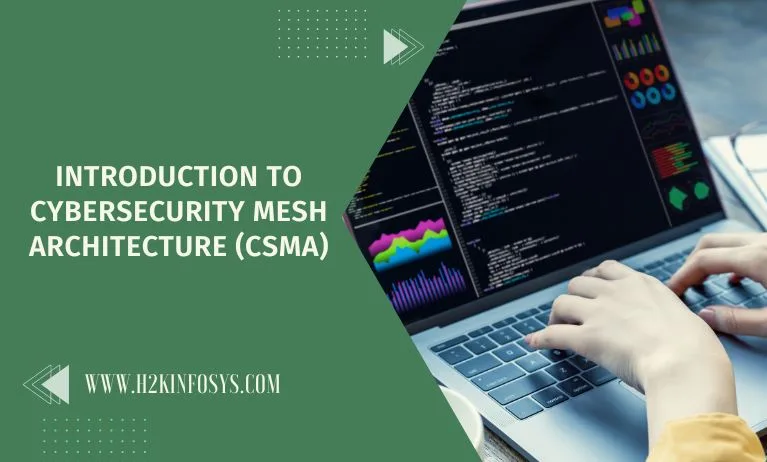






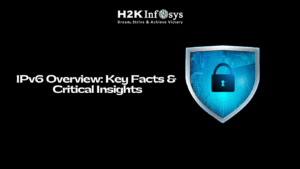


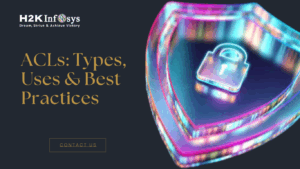




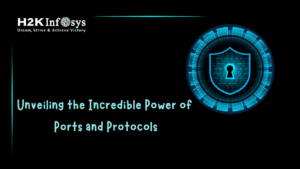




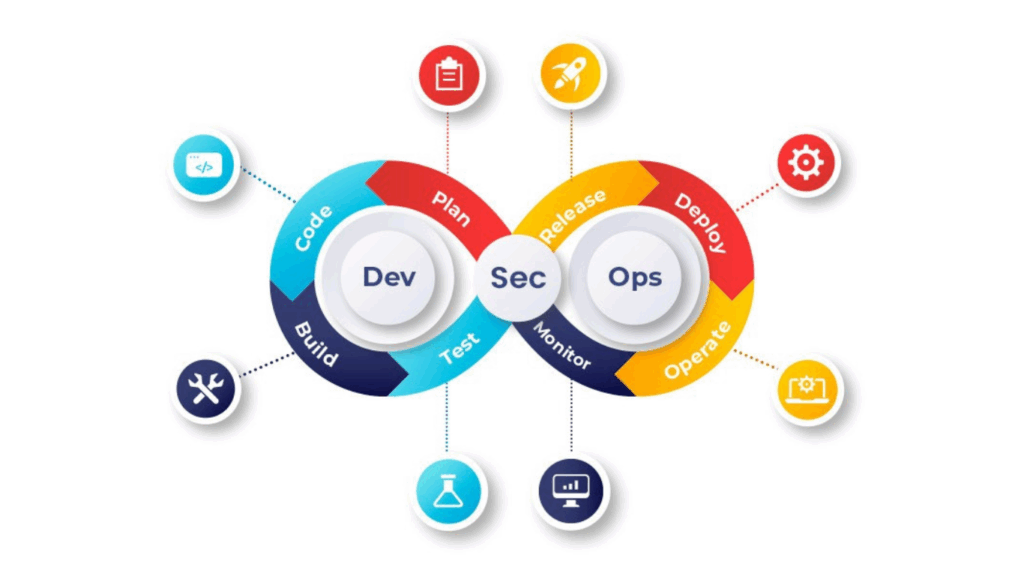









2 Responses